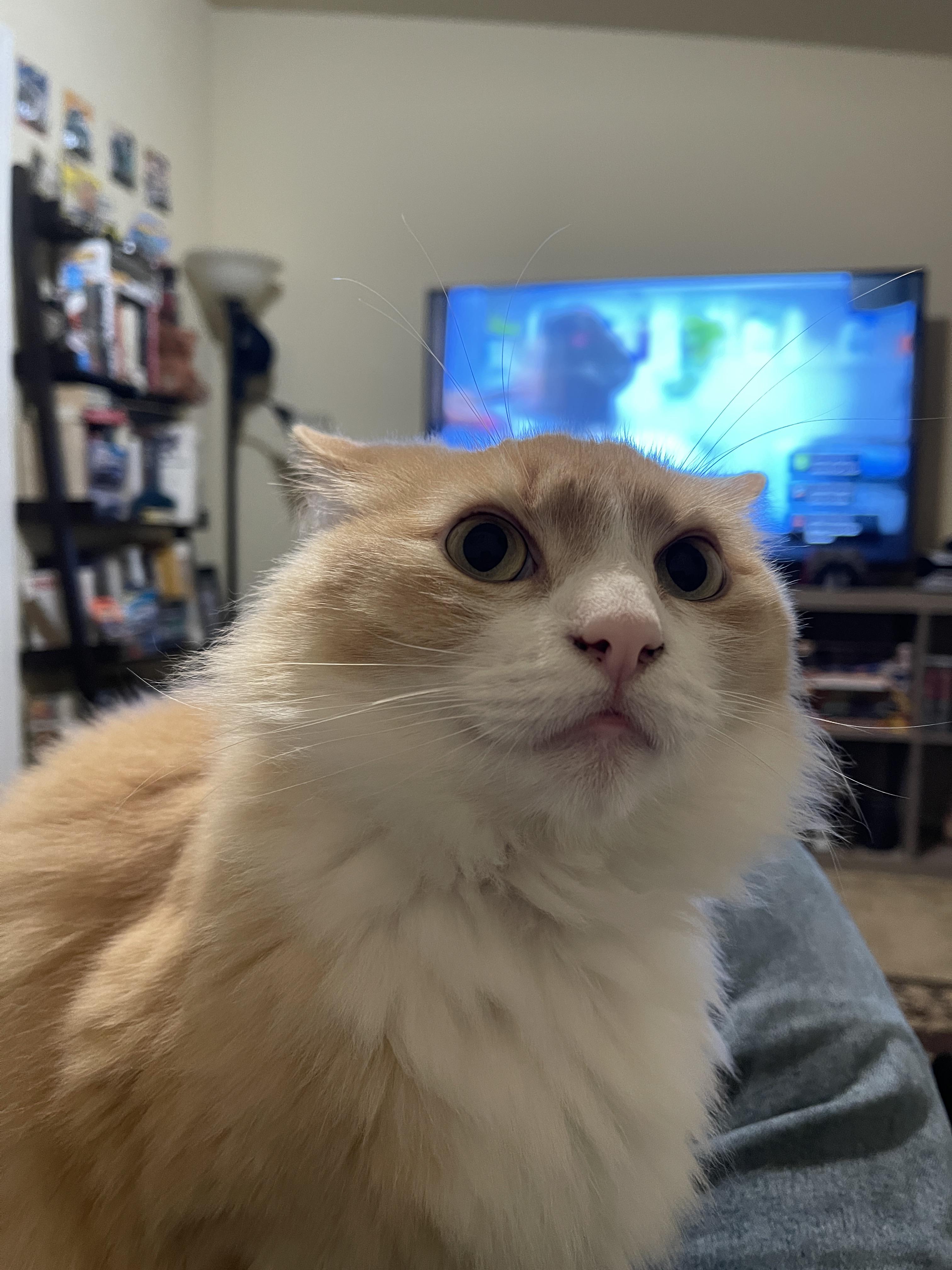Those claiming AI training on copyrighted works is “theft” misunderstand key aspects of copyright law and AI technology. Copyright protects specific expressions of ideas, not the ideas themselves. When AI systems ingest copyrighted works, they’re extracting general patterns and concepts - the “Bob Dylan-ness” or “Hemingway-ness” - not copying specific text or images.
This process is akin to how humans learn by reading widely and absorbing styles and techniques, rather than memorizing and reproducing exact passages. The AI discards the original text, keeping only abstract representations in “vector space”. When generating new content, the AI isn’t recreating copyrighted works, but producing new expressions inspired by the concepts it’s learned.
This is fundamentally different from copying a book or song. It’s more like the long-standing artistic tradition of being influenced by others’ work. The law has always recognized that ideas themselves can’t be owned - only particular expressions of them.
Moreover, there’s precedent for this kind of use being considered “transformative” and thus fair use. The Google Books project, which scanned millions of books to create a searchable index, was ruled legal despite protests from authors and publishers. AI training is arguably even more transformative.
While it’s understandable that creators feel uneasy about this new technology, labeling it “theft” is both legally and technically inaccurate. We may need new ways to support and compensate creators in the AI age, but that doesn’t make the current use of copyrighted works for AI training illegal or unethical.
For those interested, this argument is nicely laid out by Damien Riehl in FLOSS Weekly episode 744. https://twit.tv/shows/floss-weekly/episodes/744


I’m not the above poster, but I really appreciate your argument. I think many people overcorrect in their minds about whether or not these models learn the way we do, and they miss the fact that they do behave very similarly to parts of our own systems. I’ve generally found that that overcorrection leads to bad arguments about copyright violation and ethical concerns.
However, your point is very interesting (and it is thankfully independent of that overcorrection). We’ve never had to worry about nonhuman personhood in any amount of seriousness in the past, so it’s strangely not obvious despite how obvious it should be: it’s okay to treat real people as special, even in the face of the arguable personhood of a sufficiently advanced machine. One good reason the machine can be treated differently is because we made it for us, like everything else we make.
I think there still is one related but dangling ethical question. What about machines that are made for us but we decide for whatever reason that they are equivalent in sentience and consciousness to humans?
A human has rights and can take what they’ve learned and make works inspired by it for money, or for someone else to make money through them. They are well within their rights to do so. A machine that we’ve decided is equivalent in sentience to a human, though… can that nonhuman person go take what it’s learned and make works inspired by it so that another person can make money through them?
If they SHOULDN’T be allowed to do that, then it’s notable that this scenario is only separated from what we have now by a gap in technology.
If they SHOULD be allowed to do that (which we could make a good argument for, since we’ve agreed that it is a sentient being) then the technology gap is again notable.
I don’t think the size of the technology gap actually matters here, logically; I think you can hand-wave it away pretty easily and apply it to our current situation rather than a future one. My guess, though, is that the size of the gap is of intuitive importance to anyone thinking about it (I’m no different) and most people would answer one way or the other depending on how big they perceive the technology gap to be.